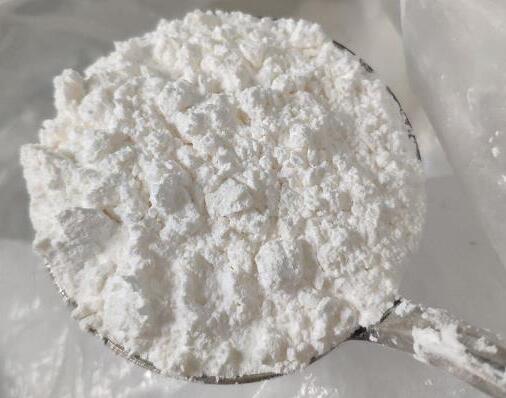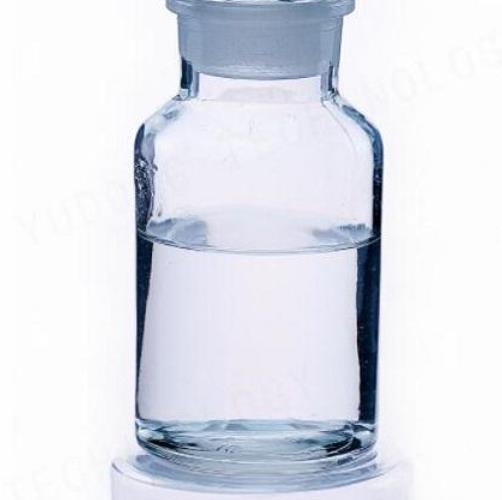Lidocaine: A Comprehensive Overview
May 23,2024
Introduction
Lidocaine, known chemically as 2-(diethylamino)-N-(2,6-dimethylphenyl)acetamide, is an essential medication globally recognized for its anesthetic and antiarrhythmic properties. As a pivotal component in both surgical and outpatient care settings, lidocaine provides effective local anesthesia, ensuring patient comfort during procedures that might otherwise be painful. Its ability to block nerve signals is also leveraged in cardiac care, where it plays a vital role in stabilizing heart rhythms. Additionally, lidocaine’s versatility extends to its use in various forms, including injectables, topical creams, and gels, making it indispensable in emergency medicine as well as routine clinical applications. Its development marked a significant advancement in pharmacological approaches to pain management and cardiac care, continually proving its value in modern medicine.
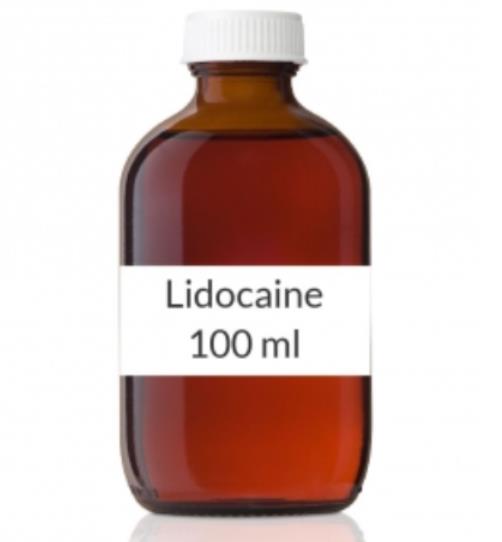
Figure 1 Characteristics of Lidocaine
Synthesis of Lidocaine
The synthesis of lidocaine primarily involves a two-step process starting with the condensation of 2,6-dimethylaniline, a derivative of aniline, with chloroacetamide in an acidic medium. This initial reaction forms a monoamide compound, which is further reacted with diethylamine, resulting in the amide formation that constitutes lidocaine. This process is characterized by its specificity towards the target molecule, ensuring a high yield and purity suitable for medical use.
Main Components
Lidocaine consists of an aromatic ring linked to an amide group, which is essential for its pharmacological activity. The structure allows for interactions with voltage-gated sodium channels on neuronal membranes, temporarily blocking the propagation of pain signals. Its molecular configuration is optimized for rapid onset and a moderate duration of action, making it ideal for local anesthesia. This strategic molecular design enhances lidocaine's effectiveness in penetrating the epidermal and dermal layers quickly without systemic toxicity, which is crucial for its safety profile. Furthermore, the amide linkage in lidocaine is less prone to causing allergic reactions compared to ester-linked local anesthetics, broadening its usability across diverse patient populations. This specificity and safety make lidocaine a preferred choice in various medical settings.
Applications of Lidocaine
Lidocaine's applications are diverse, ranging from local and topical anesthesia to being an adjunct therapy in managing cardiac arrhythmias. In dental procedures, minor surgeries, and topical pain relief, lidocaine acts by numbing the targeted area, thereby facilitating medical interventions without discomfort. Its efficacy in blocking nerve signals ensures that patients experience minimal pain during and after procedures. Moreover, in emergency medicine, lidocaine serves as a treatment for ventricular tachycardia and other cardiac conditions, showcasing its critical role in acute care settings. Additionally, lidocaine is used in diagnostic procedures and therapeutic interventions like lumbar punctures and nerve blocks where pain management is crucial. Its application extends to veterinary medicine as well, providing analgesia and sedation in animals undergoing surgery. The drug's ability to act quickly and reliably with a well-established safety profile enhances its utility in a wide array of medical and surgical contexts, reinforcing its position as a cornerstone in pain management and cardiac care protocols.
Storage Methods
The stability of lidocaine is paramount for maintaining its efficacy. It should be stored at room temperature, away from light and moisture. In its pure form, lidocaine is typically kept in tightly sealed containers to prevent degradation that could be induced by air or humidity. For pharmaceutical preparations like creams, sprays, and injectables, specific storage instructions are provided to ensure that the chemical properties of lidocaine are preserved under various conditions. These guidelines often include refrigeration requirements for certain formulations to maintain potency and prevent the breakdown of active ingredients over time.
Conclusion
Lidocaine remains a cornerstone in medical treatments involving anesthesia and pain management due to its effective blocking of nerve signal transmissions. Its synthesis, structural components, and applications demonstrate the intricate balance of chemistry and pharmacology that underpins its widespread use in healthcare. As research continues, further nuances of lidocaine's mechanism and potential new applications are likely to emerge, underscoring its significance in both current and future medical practices.
![]() References
References
[1]Estebe, Jean-Pierre. "Intravenous lidocaine."Best practice & research Clinical anaesthesiology31.4 (2017): 513-521.
[2]Boyes, R. N., et al. "Pharmacokinetics of lidocaine in man."Clinical Pharmacology & Therapeutics12.1 (1971): 105-116.
- Related articles
- Related Qustion
- Lidocaine synthesis Jul 30, 2024
Using 2,6-dimethylaniline and chloroacetic chloride as raw materials to prepare an intermediate, namely acetyl chloride-2,6-dimethylaniline, and using the prepared intermediate and diethylamine to react and obtain lidocaine.
- The topical medicine-Lidocaine May 17, 2024
Lidocaine is a local anesthetic agent commonly used for local and topical anesthesia, but it also has antiarrhythmic and analgesic uses and can be used as an adjunct to tracheal intubation.
- Lidocaine: Medical uses, Pharmacology and Side effects May 4, 2023
Lidocaine, also known as lignocaine, is a local anesthetic of the amino amide type. It is also used to treat ventricular tachycardia.
Lidocaine
137-58-6You may like
- Lidocaine
-
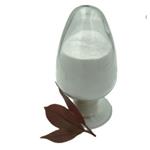
- $20.00 / 1kg
- 2025-01-18
- CAS:137-58-6
- Min. Order: 1kg
- Purity: 99.9%
- Supply Ability: 10000
- lidocaine
-
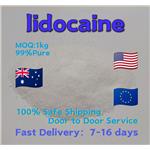
- $160.00/ kg
- 2025-01-18
- CAS:137-58-6
- Min. Order: 1kg
- Purity: 99%pure
- Supply Ability: 10 tons
- lidocaine
-
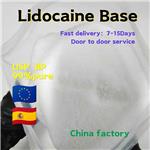
- $160.00 / 1kg
- 2025-01-18
- CAS:137-58-6
- Min. Order: 1kg
- Purity: 99%pure
- Supply Ability: 10 tons




